French nightclubs by day, suburban housing and a replica Paris in China
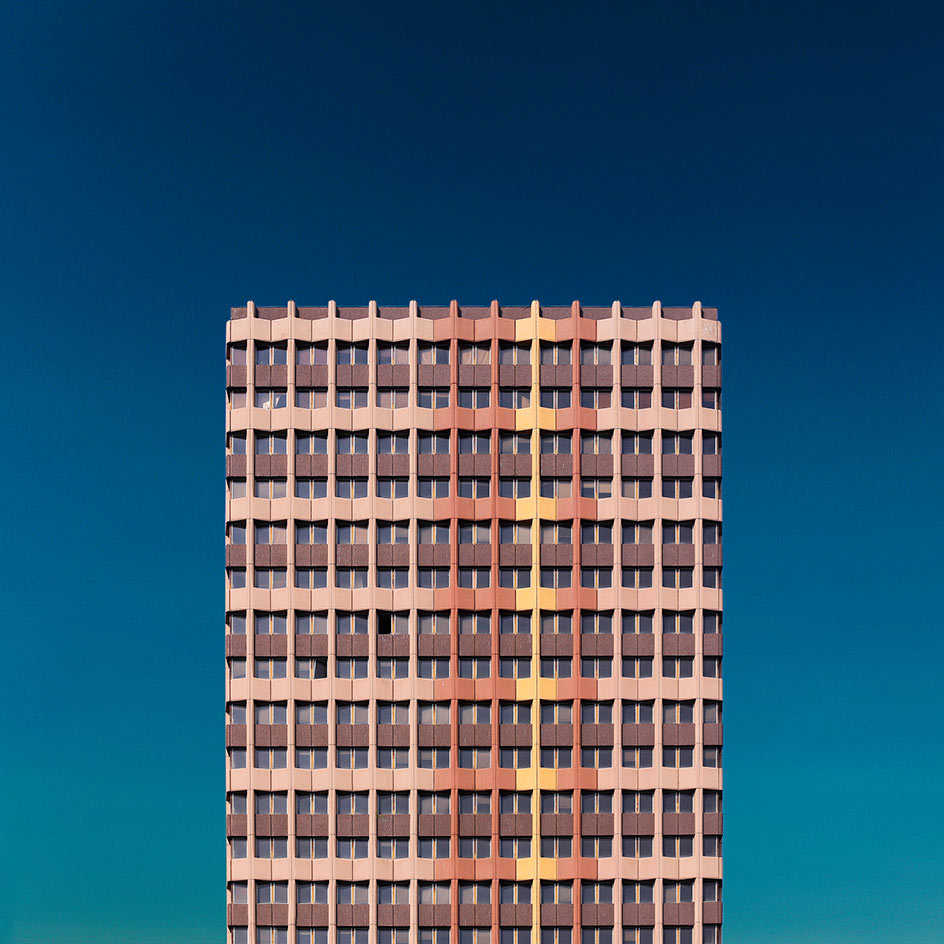
Paris syndrome is a genuine mental disorder experienced by some tourists on arrival in the French capital. The first documented case of the culture shock sickness was recorded by professor Hiroaki Ota in 1986, when it manifested itself in a Japanese visitor who was deeply perturbed by the reality of the city. Anyone who has booked a dud Airbnb, or been on a Tinder date can surely relate.
It is also the title of a series by the French photographer François Prost, whose first solo exhibition, ‘Photo Stories’, opens on June 7 at Superette Gallery, Paris. In his photographs, Prost presents pictures of Tianducheng – a replica Paris in the suburbs of Hangzhou, China – side by side with the original. It’s a game of spot-the-difference, irreverent and droll.
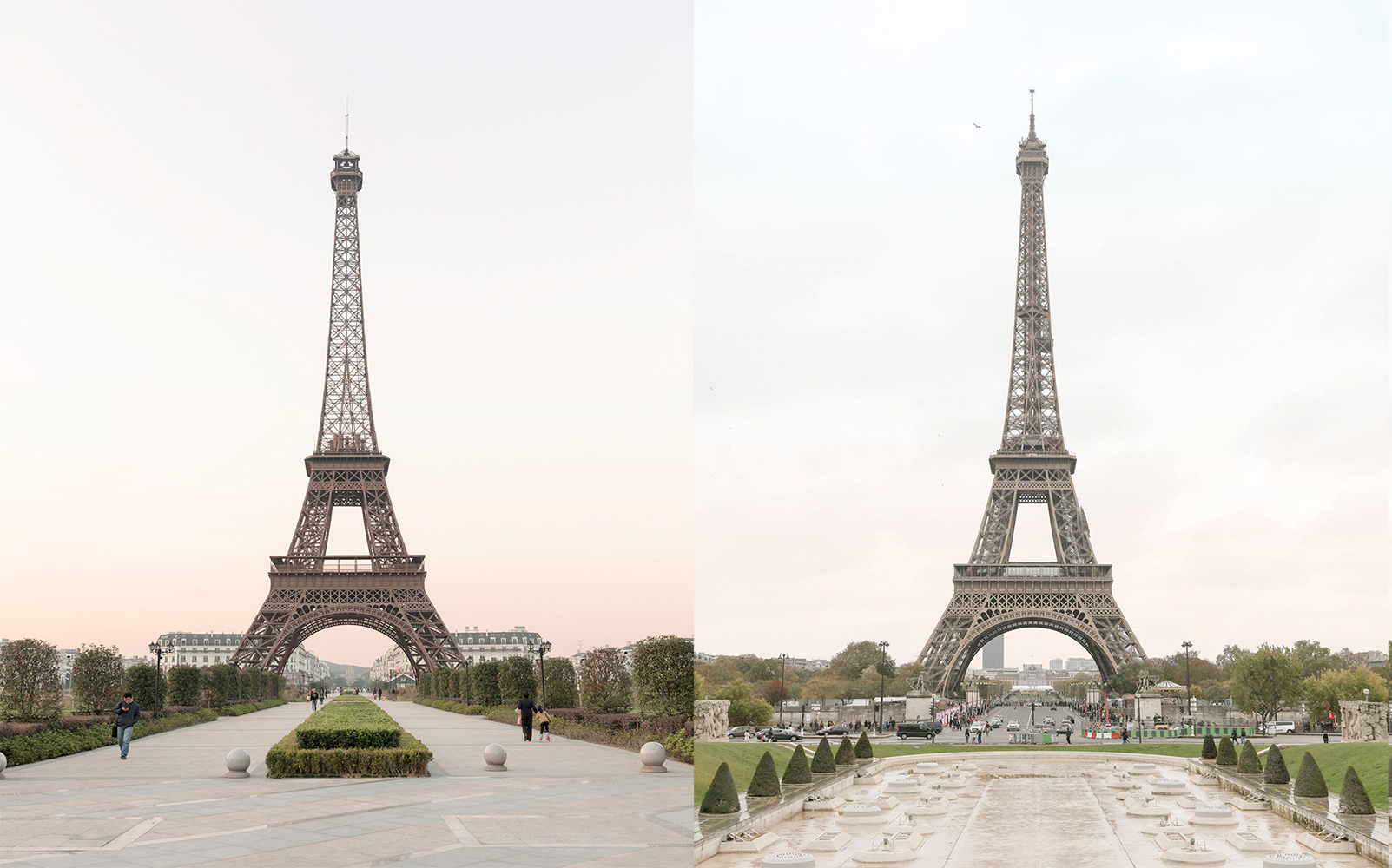
China’s replica Eiffel Tower pictured left alongside the Eiffel Tower in France, from the series Paris Syndrome
But there’s also something disturbing in it: the disconnect that happens when an image confronts reality, as the syndrome proves, is sometimes dramatic enough to destabilise you completely. It’s a particularly millennial problem, as Prost – who is also a graphic designer and art director – seems to acknowledge. This questioning is at the crux of his photography, perhaps also pondering his own position in creating the illusion of visual culture.
As in Paris syndrome, in two of the series on show at Superette, After Party (a selection of 20 from 200 photos of French nightclubs, shot in daylight by Prost) and Faubourg (minimal depictions of the facades of Île-de-France suburban housing complexes built in the 1960s as part of the utopian social ideology of a Grand Paris), we encounter this in architecture. The pulsating, erotically-charged allure of a nightclub looks dishevelled the morning after. The Faubourg images, meanwhile, present the neat structures of the buildings, standing proudly against the sky – but to a local viewer, its the surroundings and, as Prost puts it ‘their somewhat sulphurous reputation’, that comes to mind.
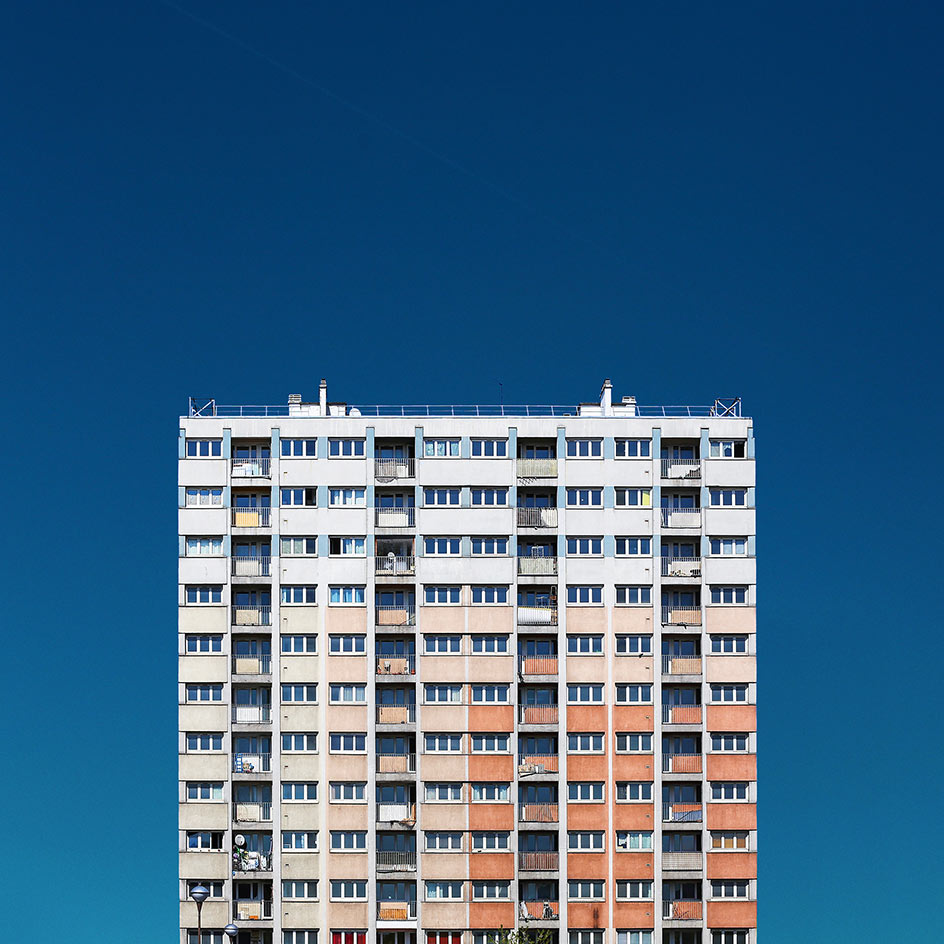
17 Porte de Saint-Ouen, from the series Fauborg
Prost’s narrative, documentary style moves from architectural edifices to people in the compelling Champs-Élysées. Photographing one of the most photographed tourist sites in the world in a unique manner isn’t an easy challenge, but Prost gives us his own spin: positioning himself at Place Charles de Gaulle with a paparazzi-esque flash, the artist snapped tourists as they descended their buses.
‘The tourists are thus [frozen], taken by the camera flash before even having set a foot on the ground,’ he explains. ‘Highlighting the exceptional and historic moment of their scale and what they are about to live, this process echoes the excessive manner in which these places are photographed every day.’ What the pictures don’t reveal, but one might wonder, is how many of these starry-eyed travellers were later struck with Paris syndrome.
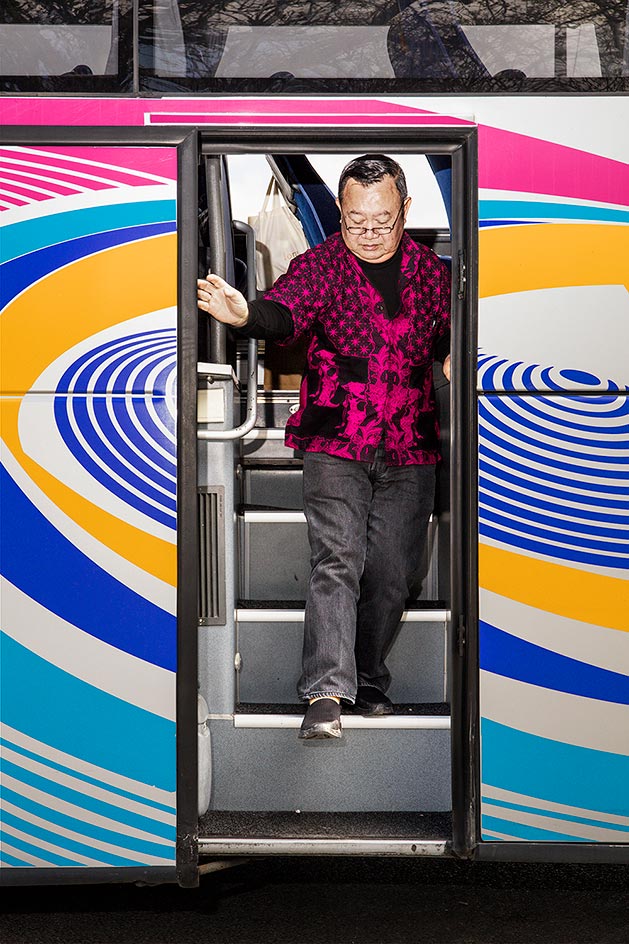
From the series Champs-Élysées.
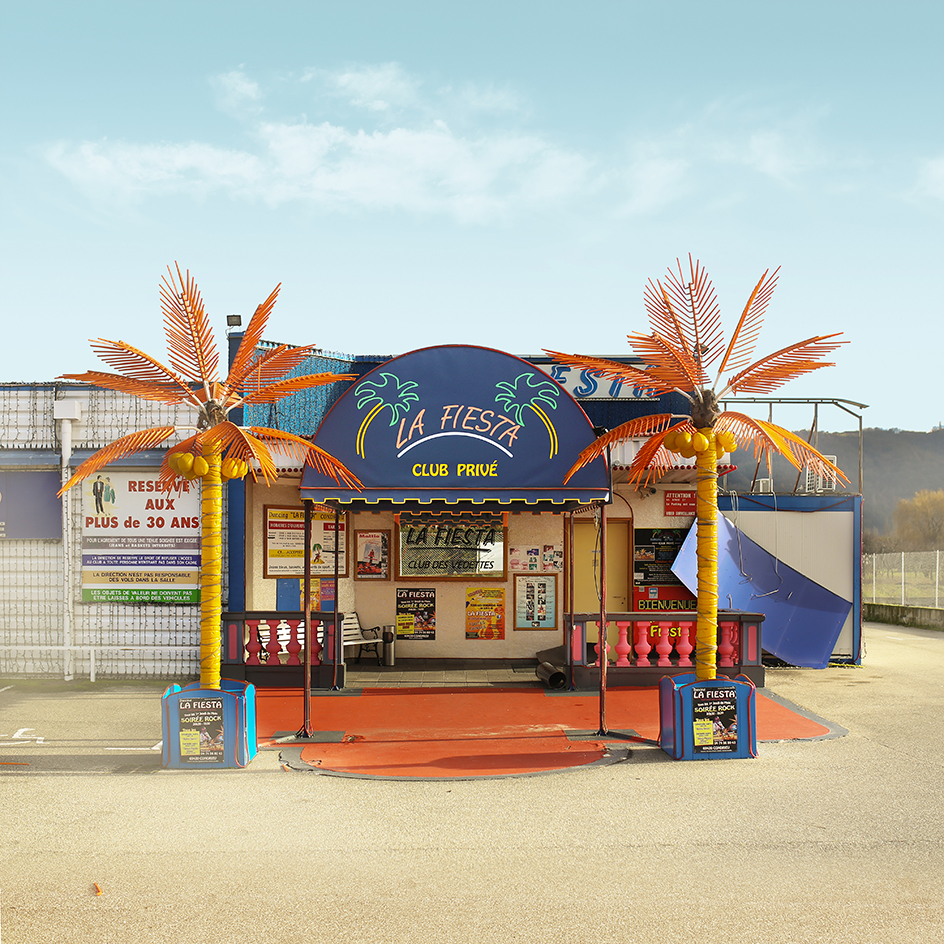
La Fiesta Club Privé, from the series After Party.
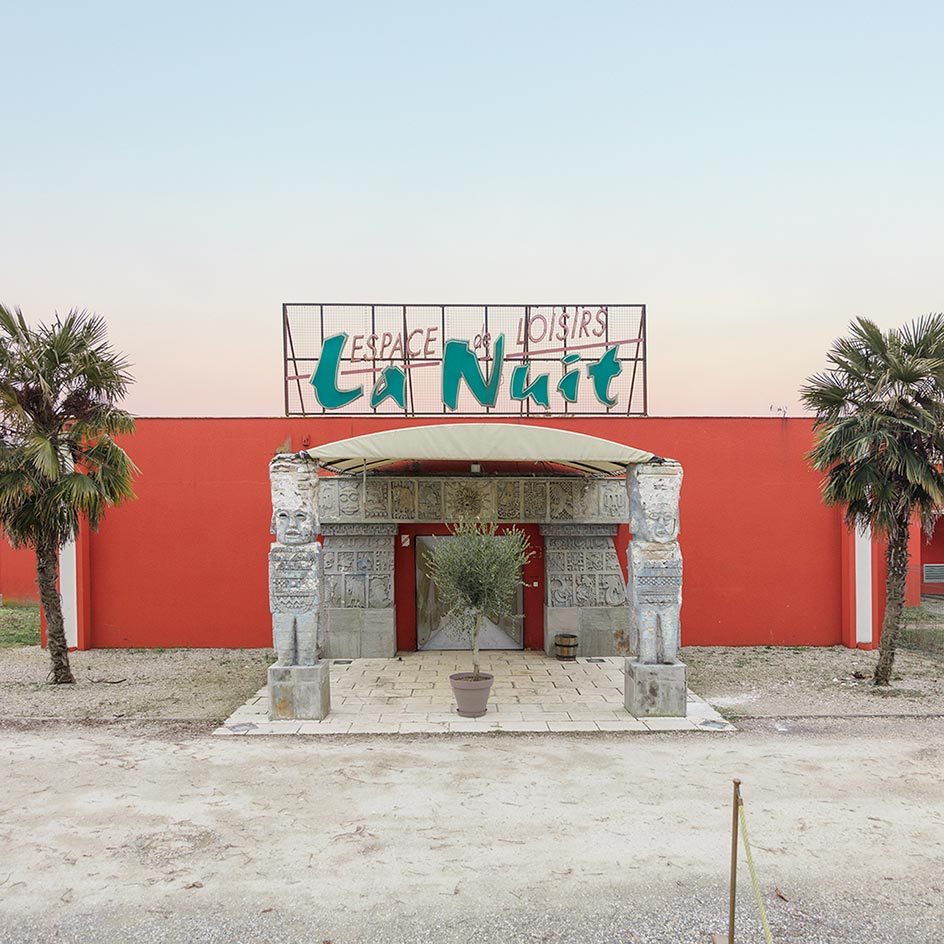
La Nuit, from the series After Party.
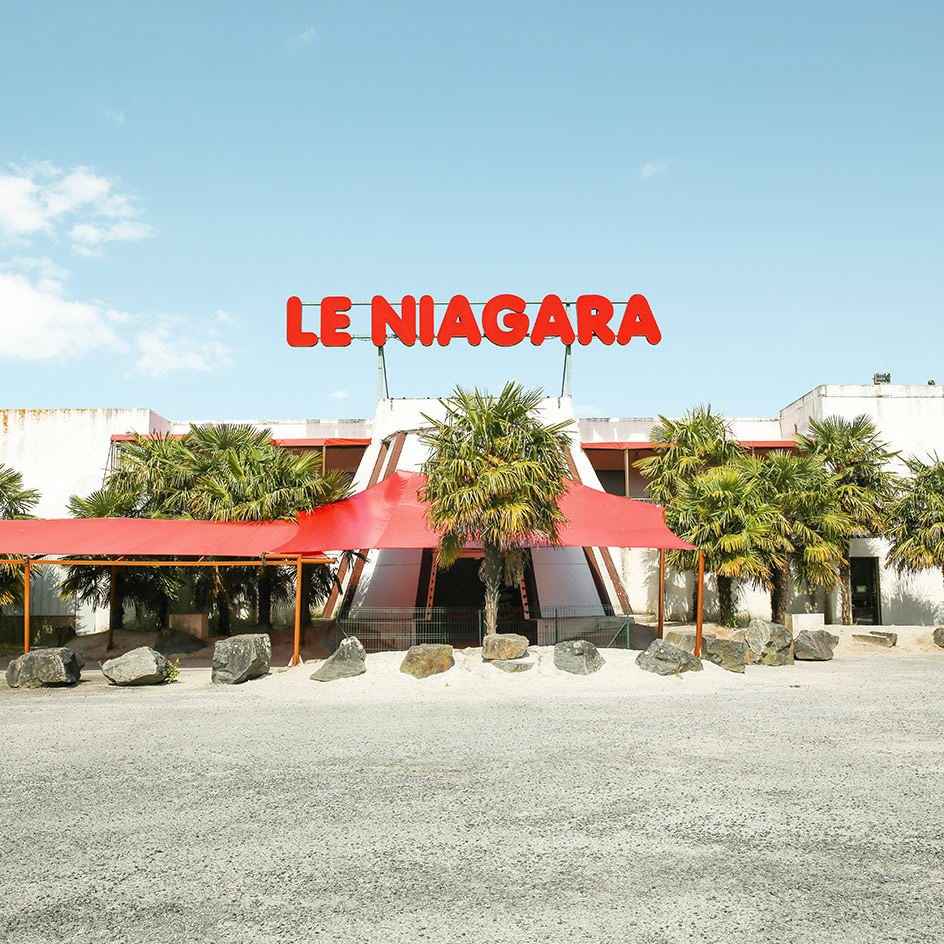
Le Niagara, from the series After Party
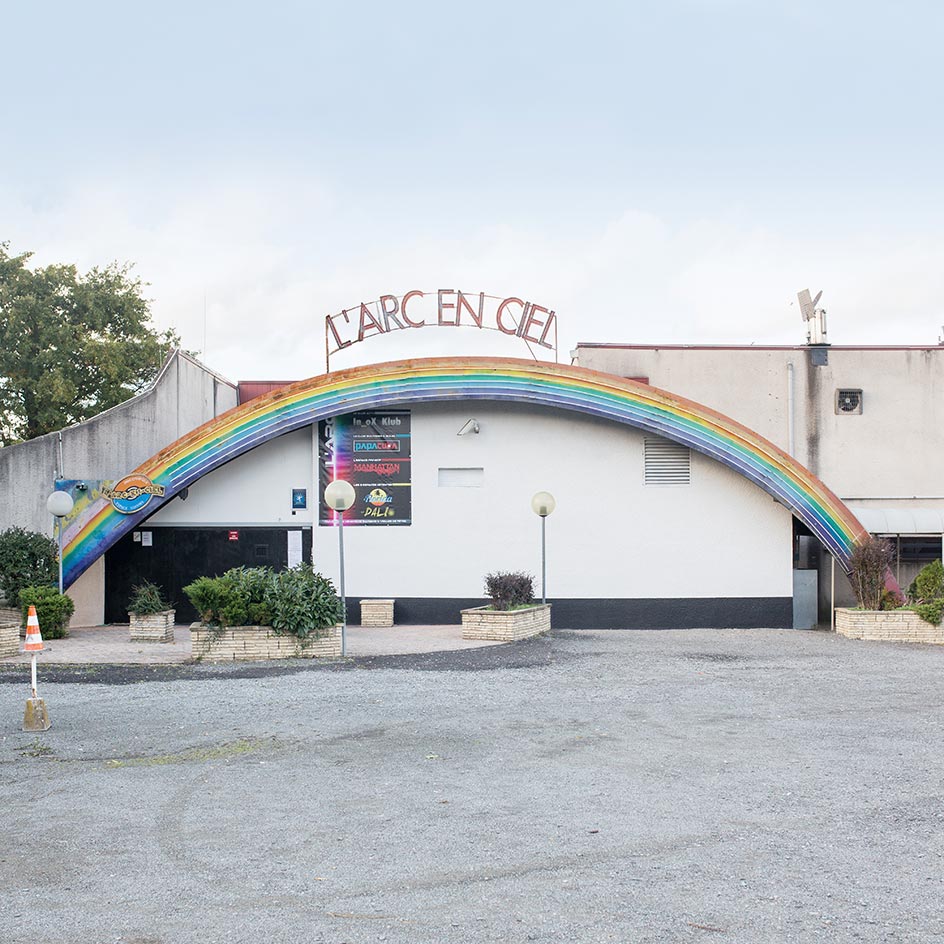
L’arc en Ciel, from the series After Party

93 Clos Saint-Lazare à Stains, from the series Fauborg.
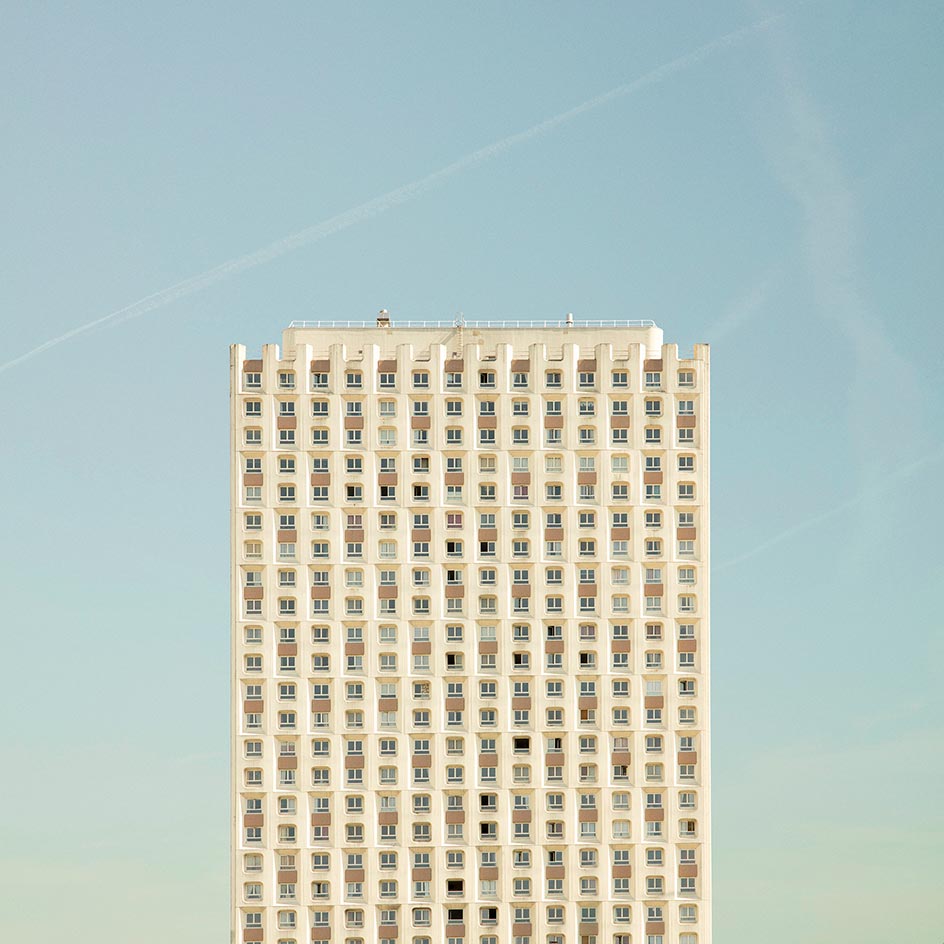
Banane, from the series Fauborg
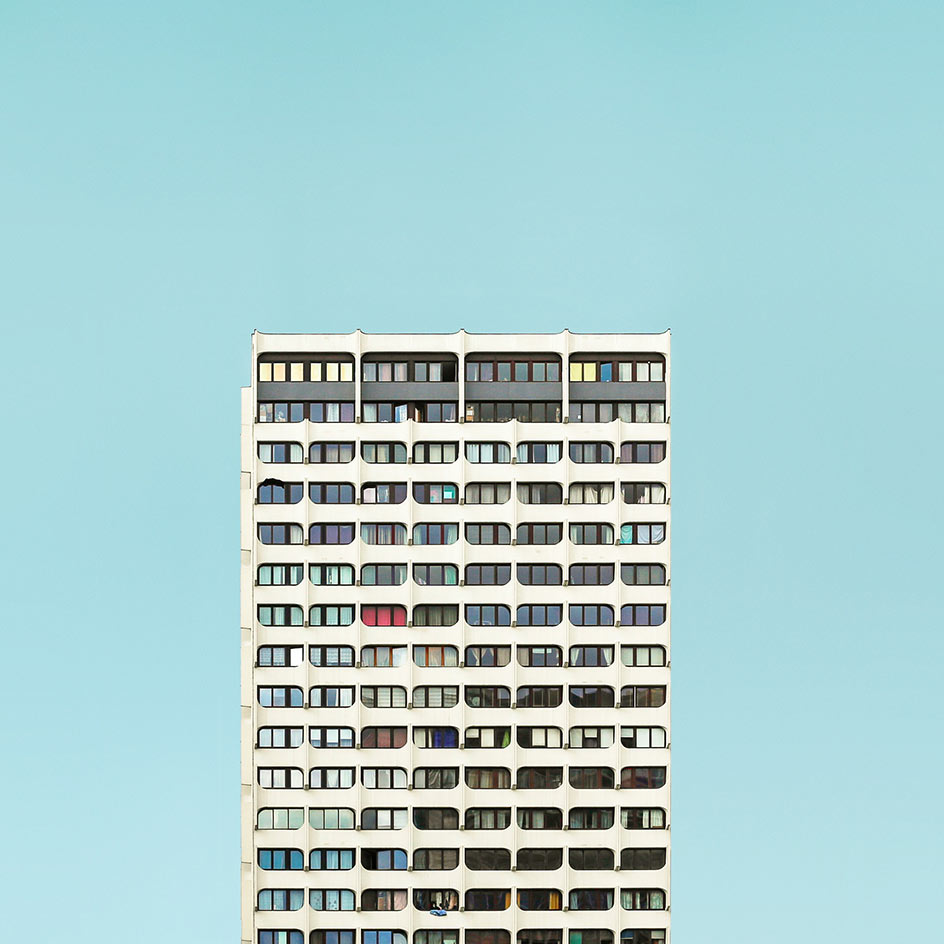
From the series Fauborg.
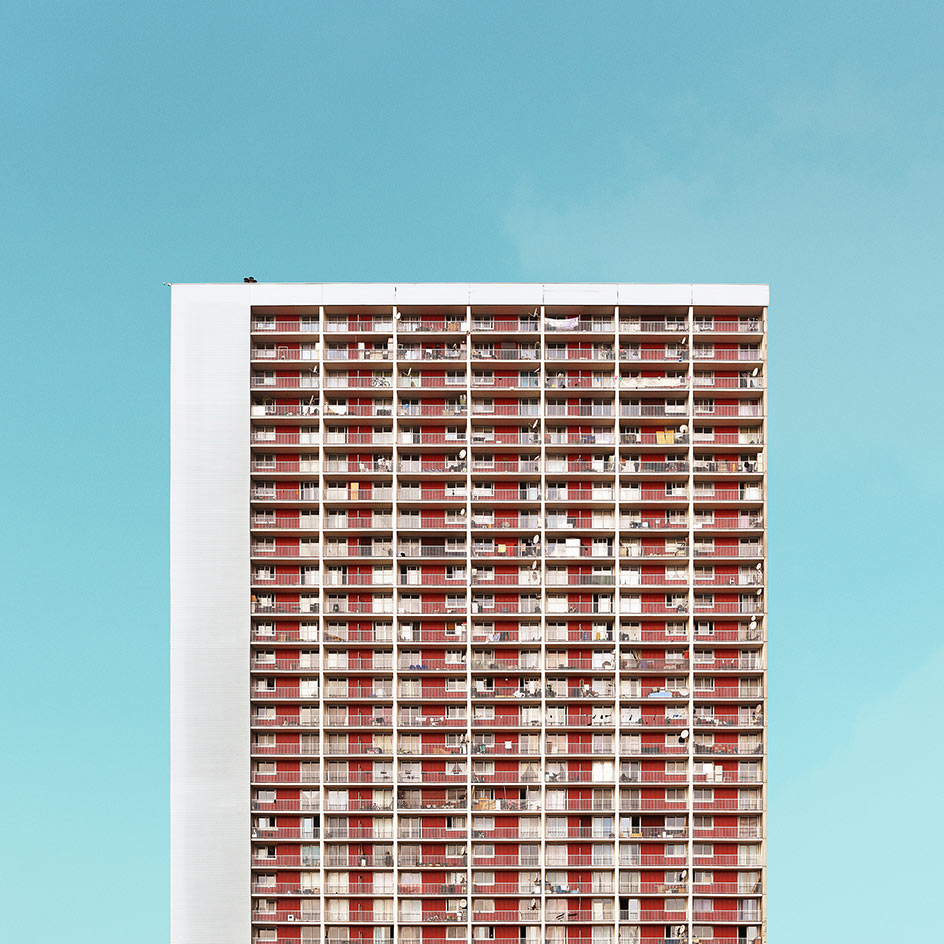
From the series Fauborg.
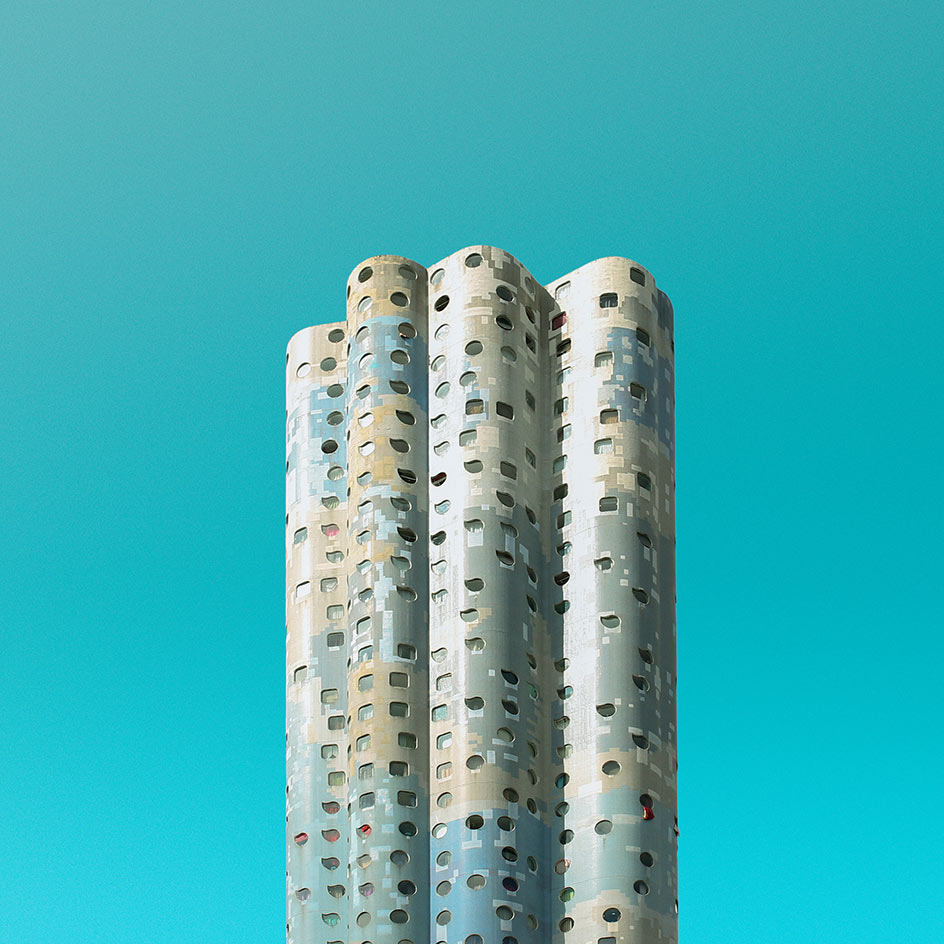
Nanterre, from the series Fauborg.

View of Tianducheng, a ‘fake’ Paris located in China
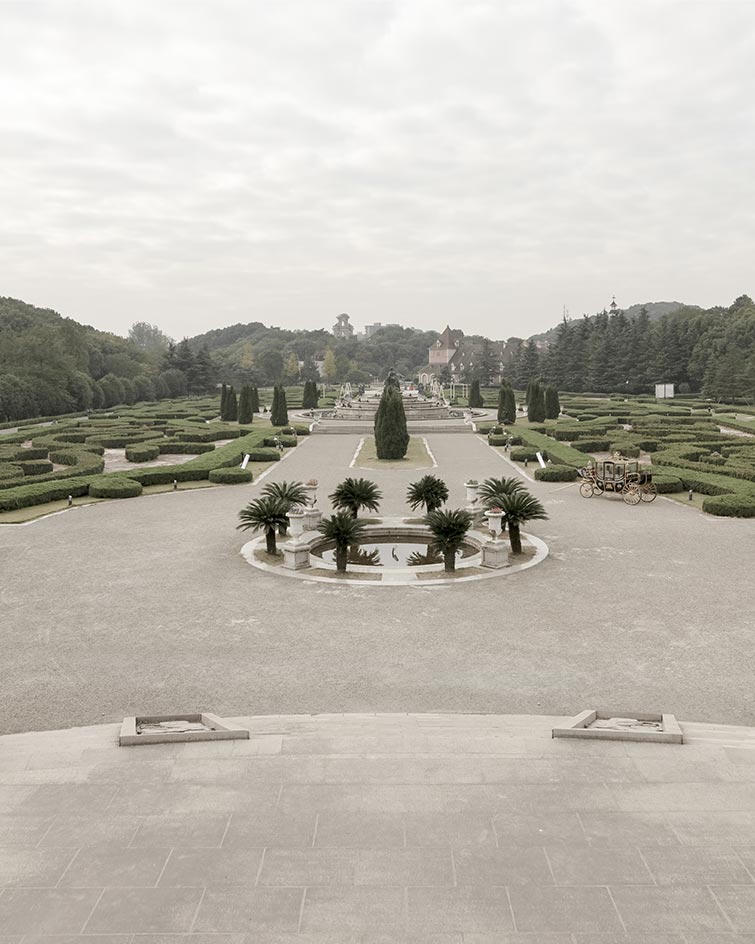
China’s Versailles gardens.
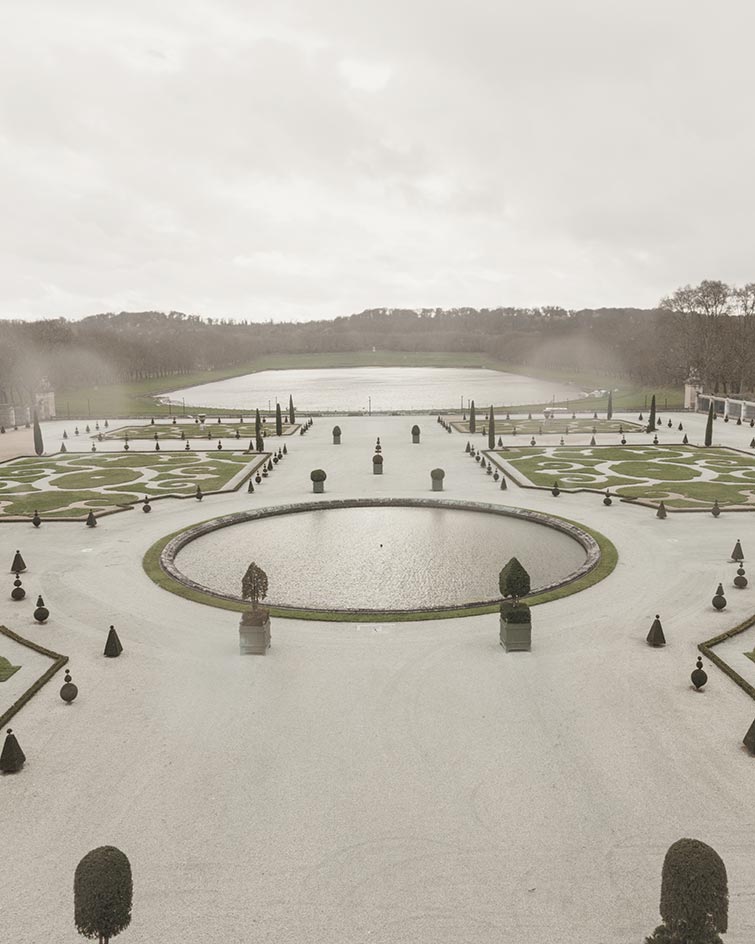
The original Versailles gardens in Paris

A Chinese block front.
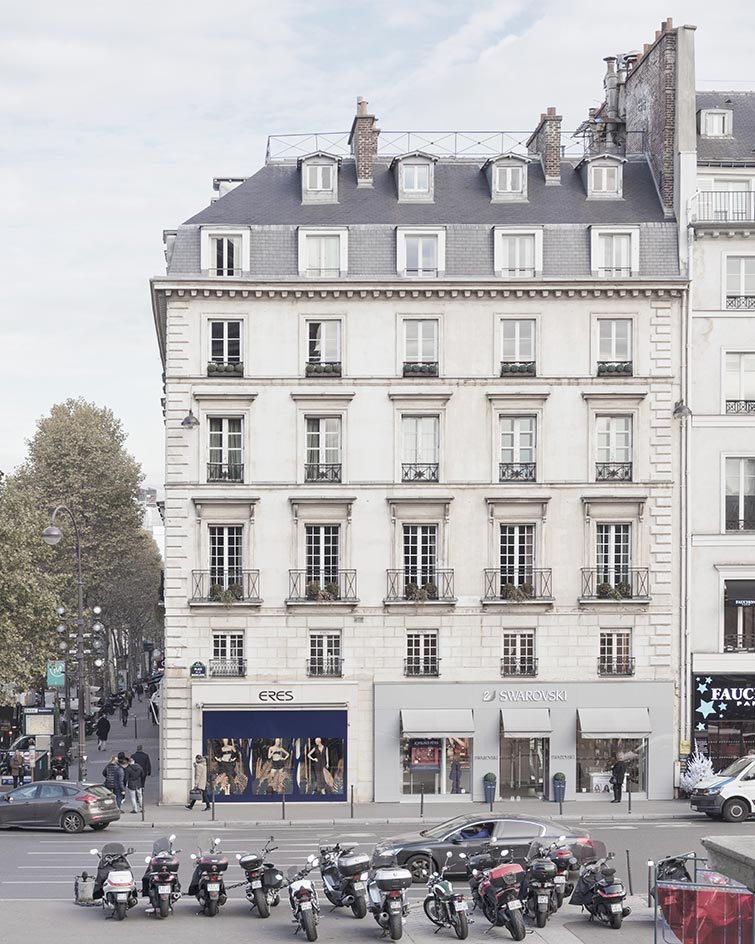
A Parisian block front
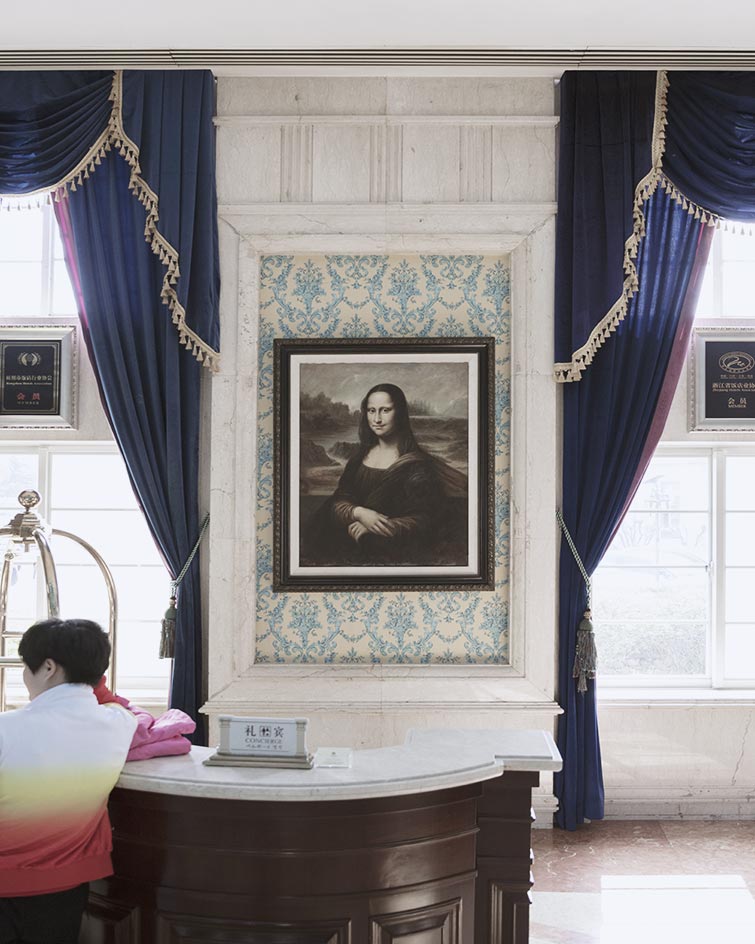
A Parisian block front
INFORMATION
‘Photo Stories’ is on view from 7 June – 16 November. For more information, visit François Prost’s website and the Superette website
ADDRESS
Superette Gallery
104 rue du Faubourg Poissonnière
75010 Paris
Receive our daily digest of inspiration, escapism and design stories from around the world direct to your inbox.
Charlotte Jansen is a journalist and the author of two books on photography, Girl on Girl (2017) and Photography Now (2021). She is commissioning editor at Elephant magazine and has written on contemporary art and culture for The Guardian, the Financial Times, ELLE, the British Journal of Photography, Frieze and Artsy. Jansen is also presenter of Dior Talks podcast series, The Female Gaze.
-
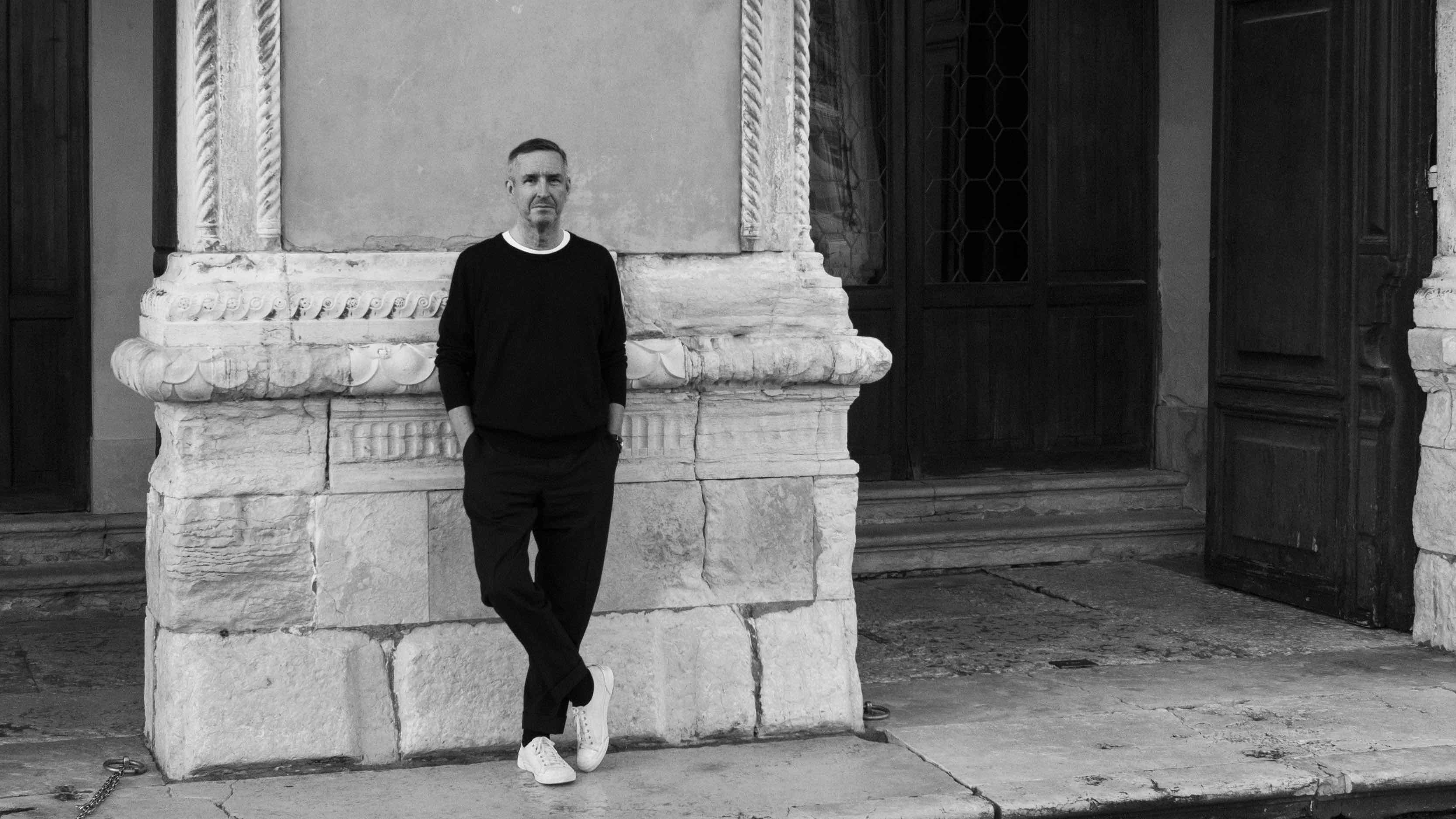 Dries van Noten on why he's building a new home for craft in Venice
Dries van Noten on why he's building a new home for craft in VeniceA year after departing the runway, Dries van Noten unveils his next chapter: the Fondazione Dries Van Noten, a newly announced cultural initiative in Venice celebrating craft in all its forms. Wallpaper meets the designer to find out why he’s not ready to retire.
-
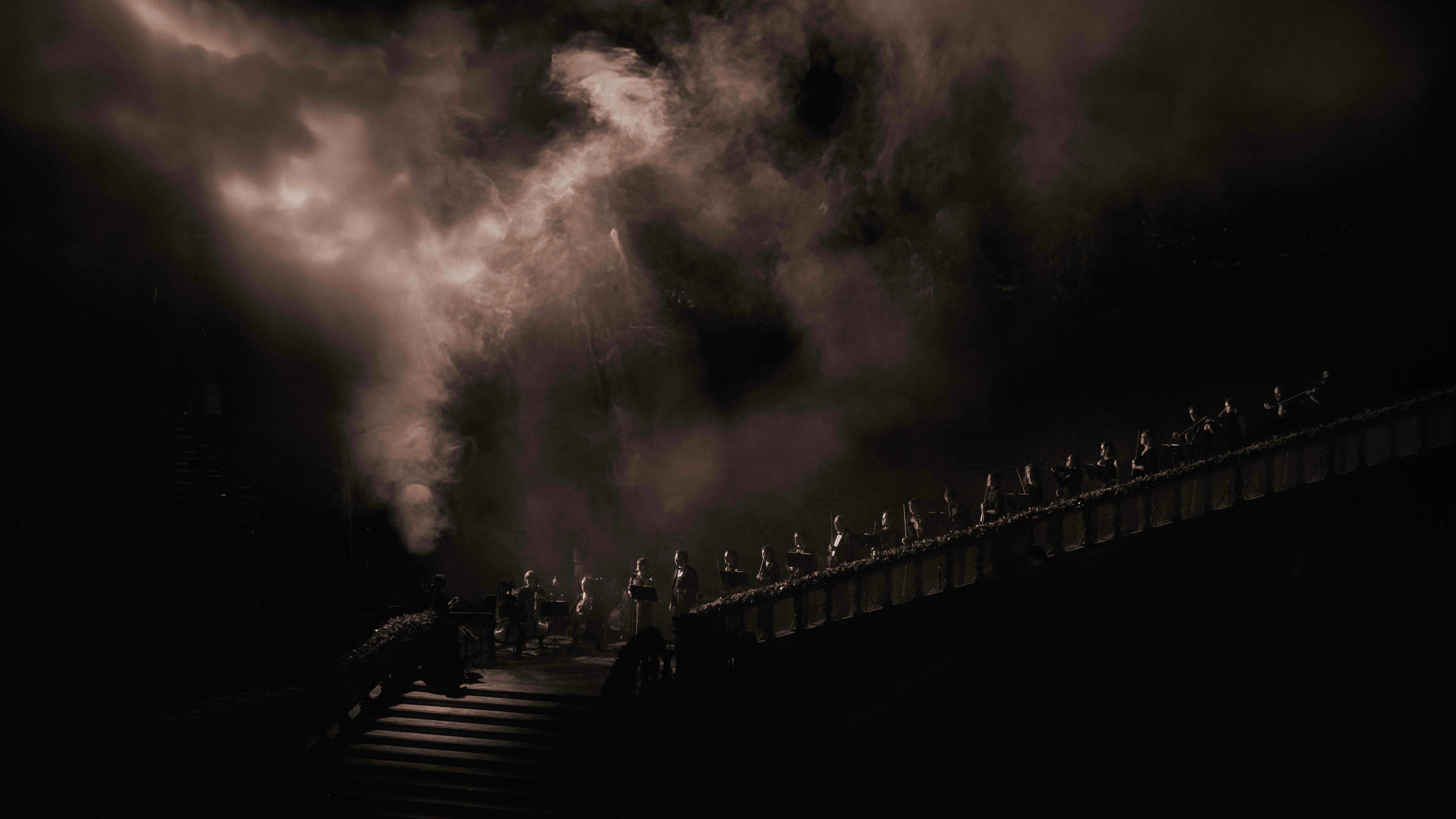 Alexander Wessely turns the Nobel Prize ceremony into a live artwork
Alexander Wessely turns the Nobel Prize ceremony into a live artworkFor the first time, the Nobel Prize banquet has been reimagined as a live artwork. Swedish-Greek artist and scenographer Alexander Wessely speaks to Wallpaper* about creating a three-act meditation on light inside Stockholm City Hall
-
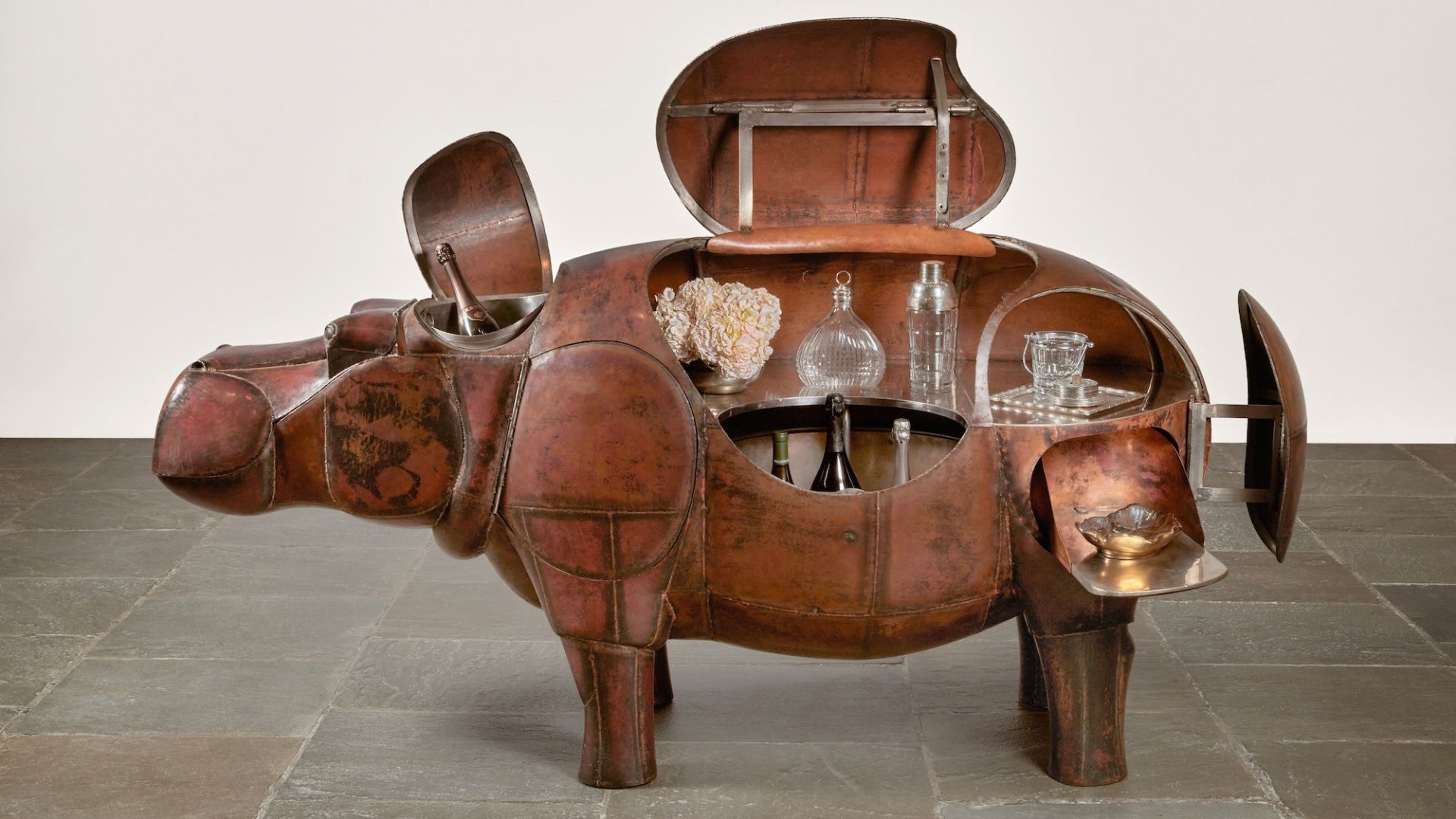 At $31.4 million, this Lalanne hippo just smashed another world auction record at Sotheby’s
At $31.4 million, this Lalanne hippo just smashed another world auction record at Sotheby’sThe jaw-dropping price marked the highest-ever for a work by François-Xavier Lalanne – and for a work of design generally
-
 Inez & Vinoodh unveil romantic new photography series in Paris
Inez & Vinoodh unveil romantic new photography series in ParisA series of portraits of couple Charles Matadin and Natalie Brumley, created using an iPhone in Marfa, Texas, goes on show in Paris
-
 Inside Davé, Polaroids from a little-known Paris hotspot where the A-list played
Inside Davé, Polaroids from a little-known Paris hotspot where the A-list playedChinese restaurant Davé drew in A-list celebrities for three decades. What happened behind closed doors? A new book of Polaroids looks back
-
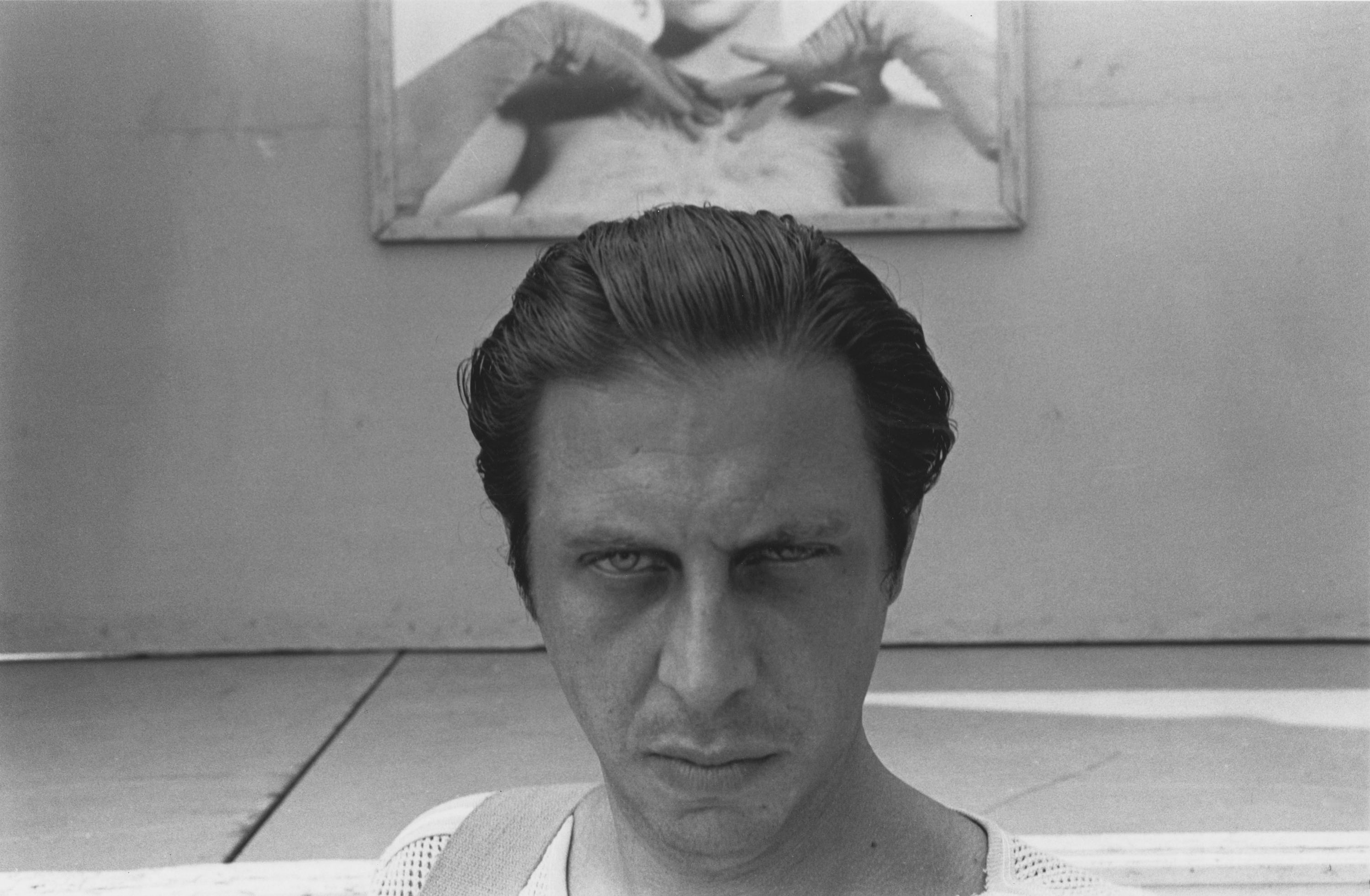 All eyes on Paris Photo 2025 – focus on our highlights
All eyes on Paris Photo 2025 – focus on our highlightsThe world's most important international photography fair brings together iconic and emerging names, galleries large and small – and there’s much to covet
-
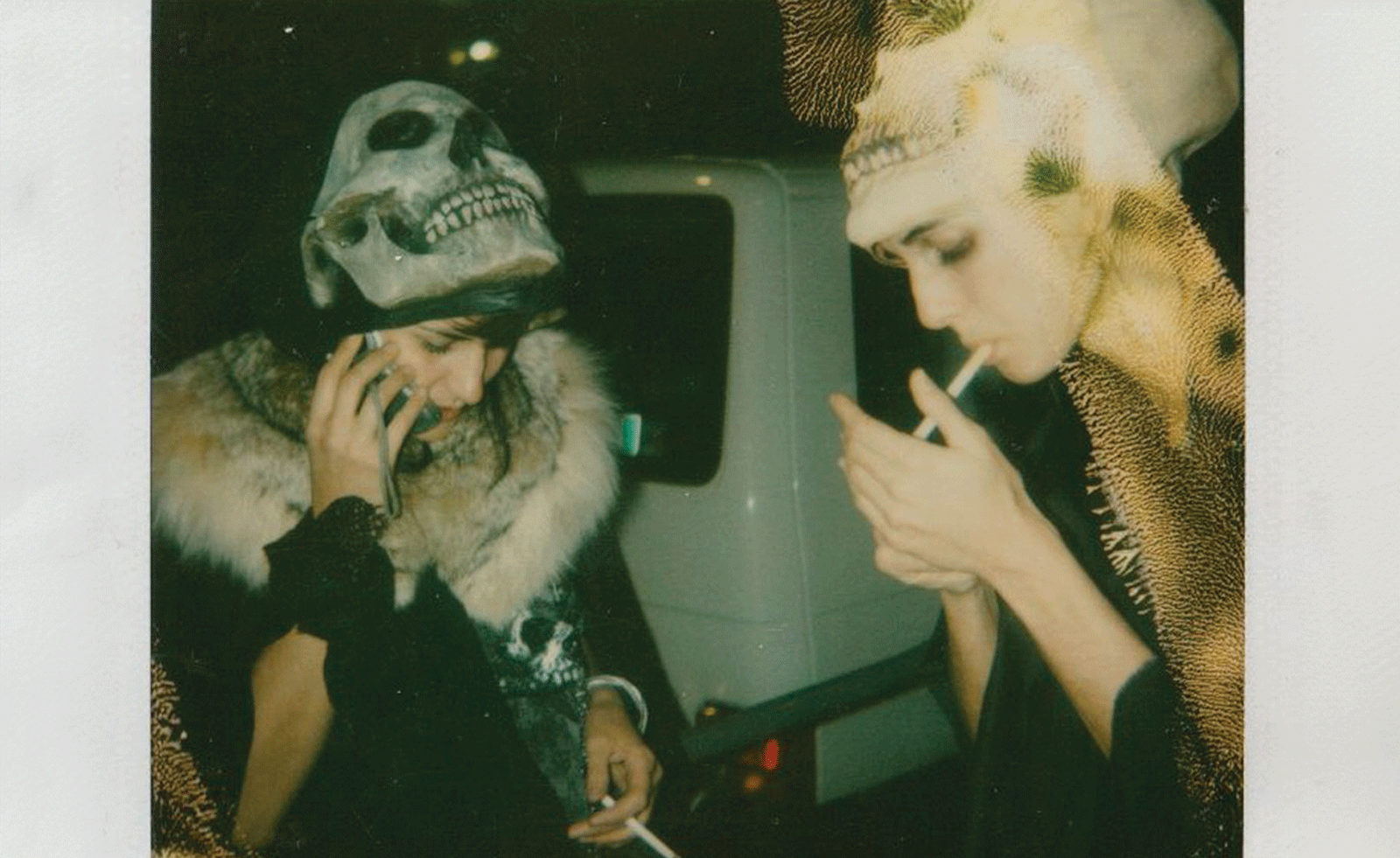 Ten things to see and do at Art Basel Paris 2025
Ten things to see and do at Art Basel Paris 2025Art Basel Paris takes over the city from 24-26 October. Here are the highlights, from Elmgreen & Dragset to Barbara Kruger and Dash Snow
-
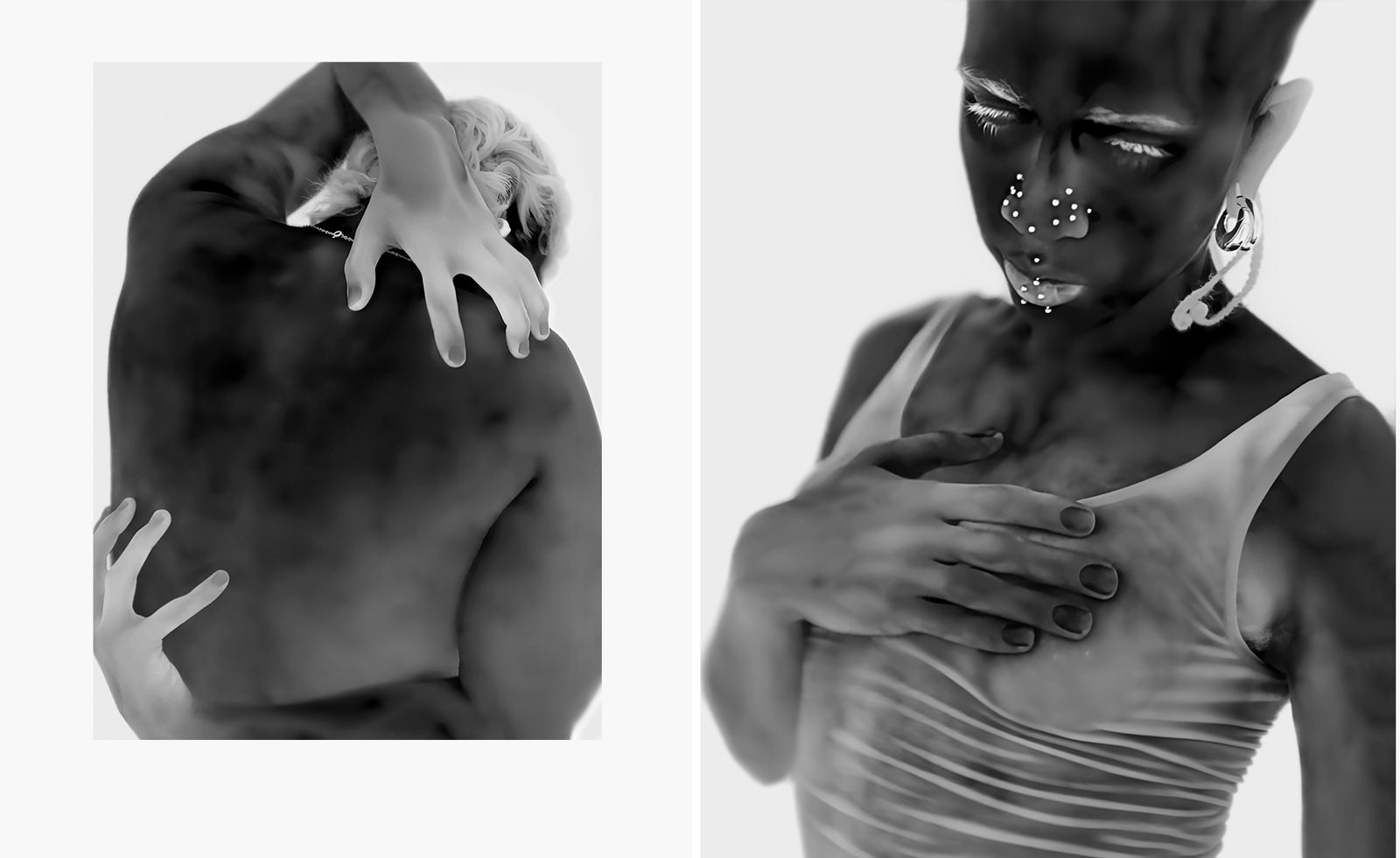 Yulia Mahr digs beneath the skin in her modern update of classic Greek statues in Paris
Yulia Mahr digs beneath the skin in her modern update of classic Greek statues in ParisIn 'The Church of Our Becoming', on view at the Courtyard at Dover Street Market Paris, Yulia Mahr celebrates real human bodies
-
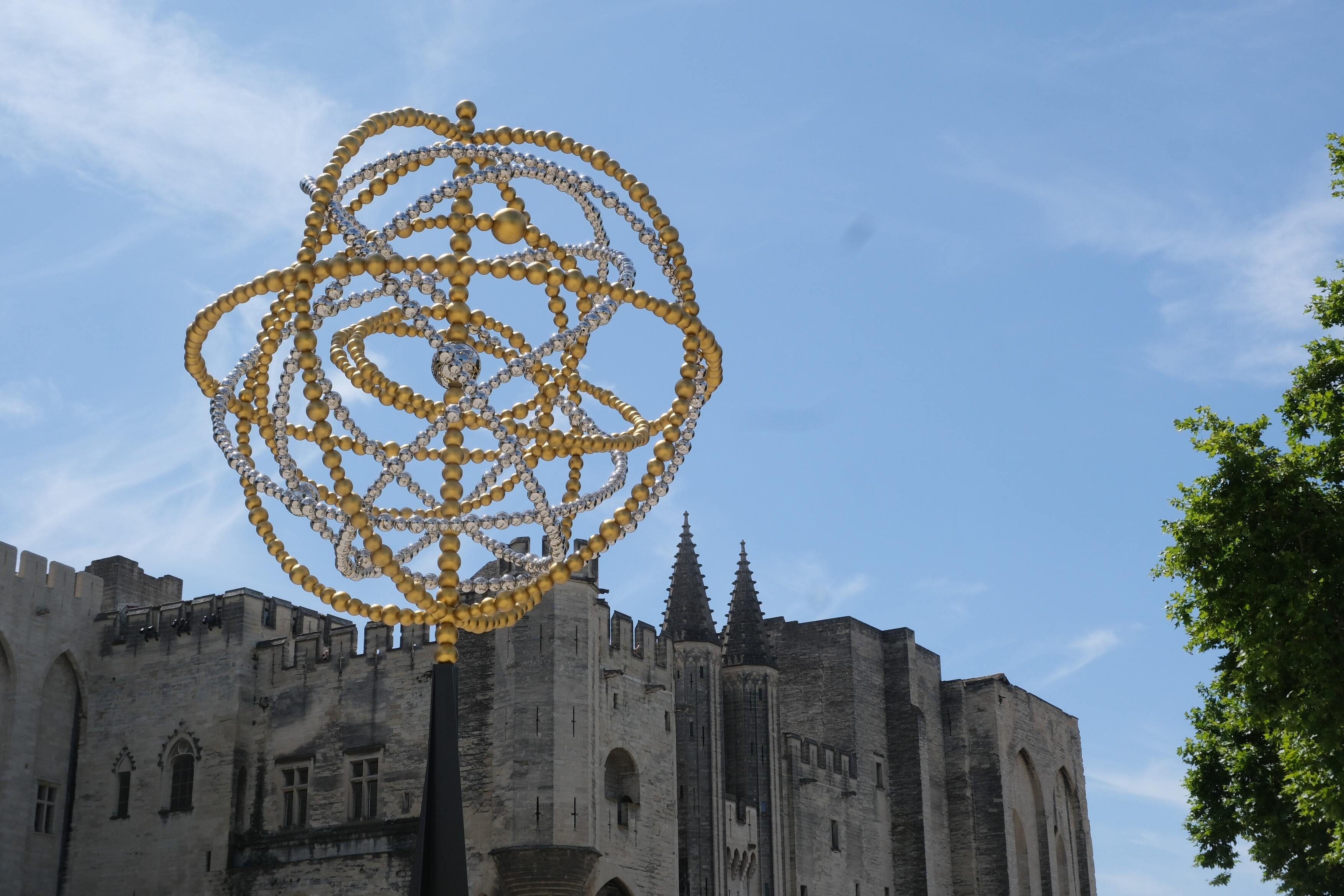 Jean-Michel Othoniel takes over Avignon for his biggest ever exhibition
Jean-Michel Othoniel takes over Avignon for his biggest ever exhibitionOriginally approached by Avignon to mark their 25th anniversary as the European Capital of Culture, Jean-Michel Othoniel more than rose to the challenge, installing 270 artworks around the city
-
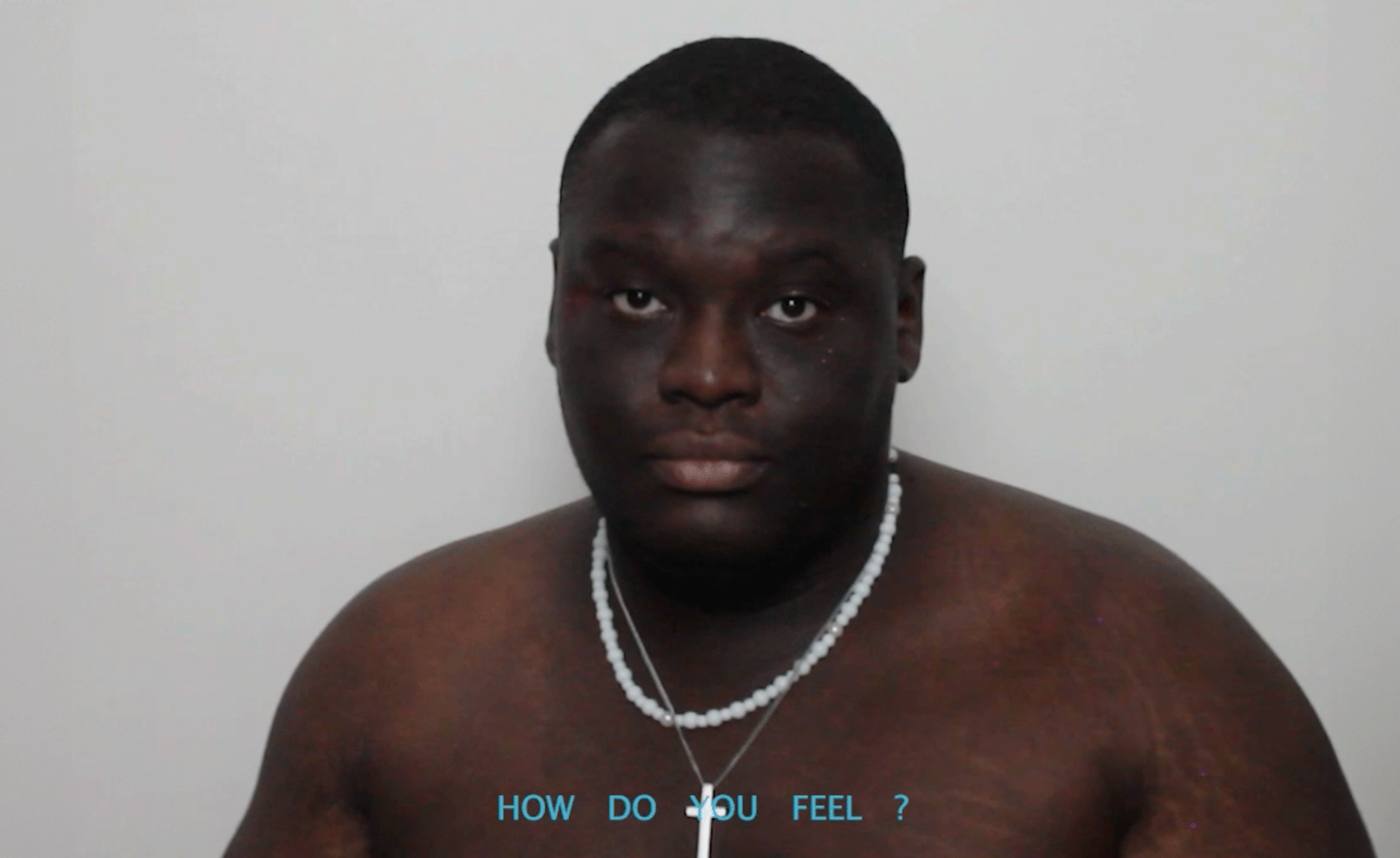 Joel Quayson’s winning work for Dior Beauty at Arles considers the theme ‘Face-to-Face’ – watch it here
Joel Quayson’s winning work for Dior Beauty at Arles considers the theme ‘Face-to-Face’ – watch it hereQuayson, who has won the 2025 Dior Photography and Visual Arts Award for Young Talents at Arles, imbues his winning work with a raw intimacy
-
 What to see at Rencontres d’Arles 2025, questioning power structures in the state and family
What to see at Rencontres d’Arles 2025, questioning power structures in the state and familySuppressed memories resurface in sharply considered photography at Rencontres d'Arles 2025. Here are some standout photographers to see